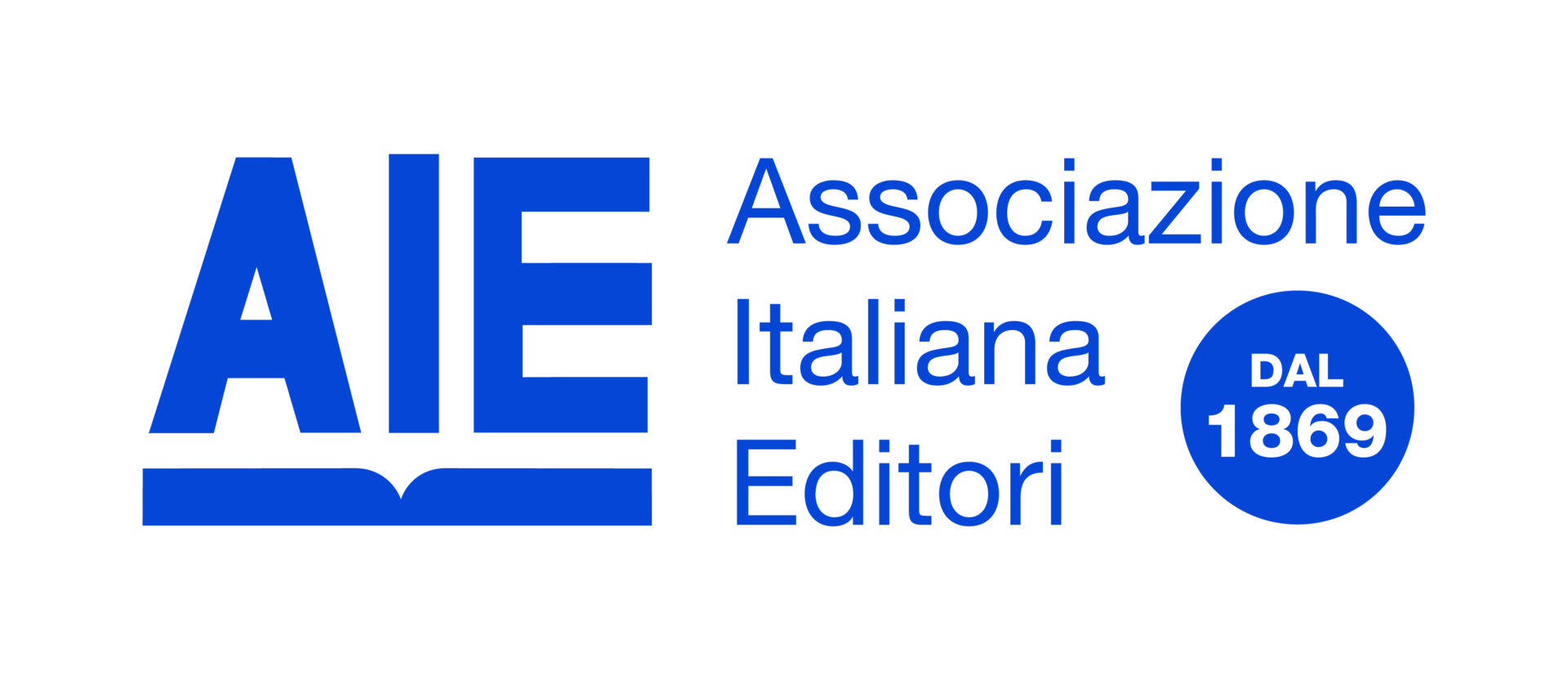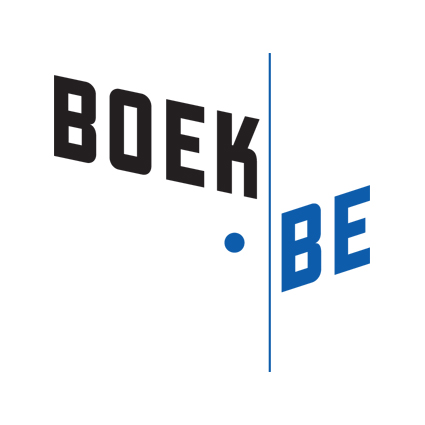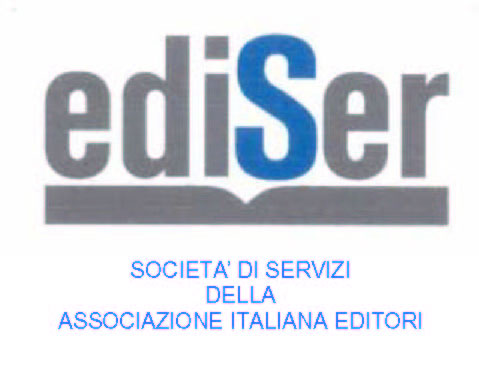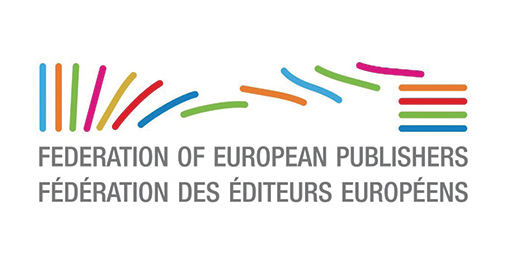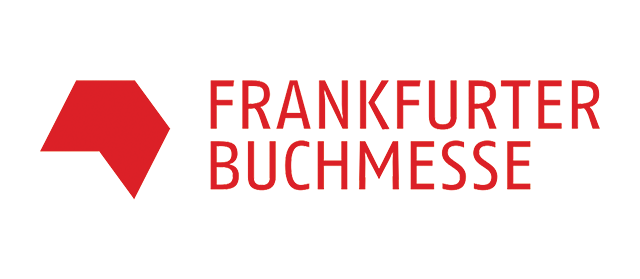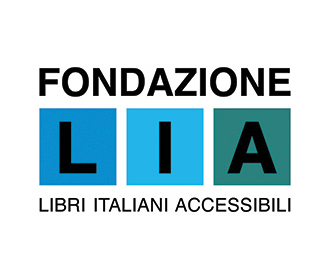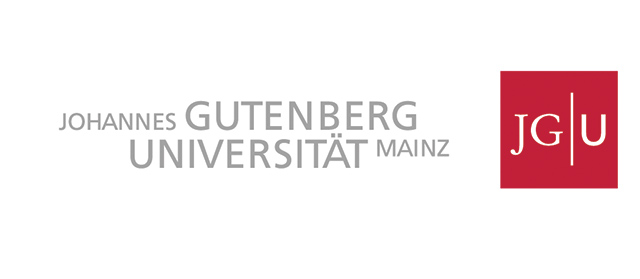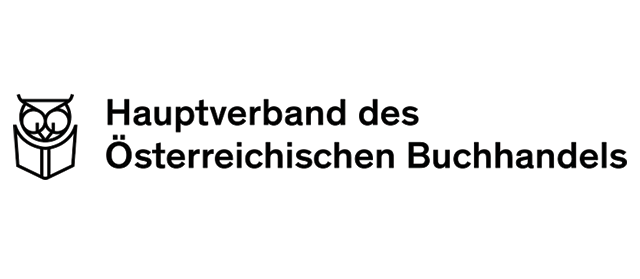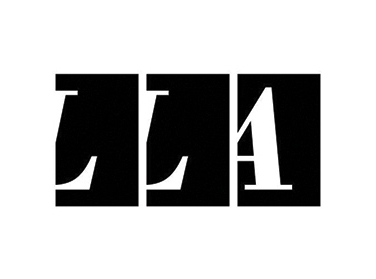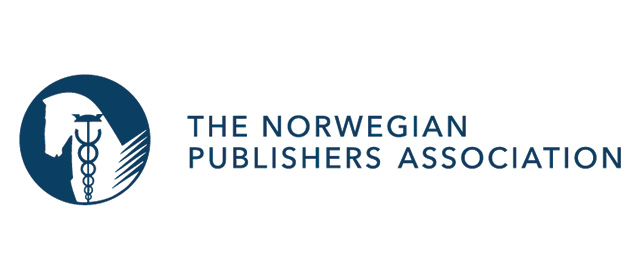This piece is part of a series of articles summarising the key topics discussed at the workshop “Book publishing in the age of platforms” held on 29 November 2022 hosted by Möbius, a Horizon 2020 project focused on innovation in digital reading involving prosumers (consumers that generate content themselves) The workshop, marking the midterm of the project, gathered a panel of experts from different disciplines to reflect on the future of publishing and the role of Möbius in this process of transformation. For those interested, a complete recording of the workshop is available here. Readers interested in knowing more about Möbius should not hesitate to contact the Möbius team at Möbius – The power of prosumers in publishing (mobius-project.eu)
Olivier Braet (Senior research associate at Guberna and former Möbius partner at IMEC) worked on the Möbius project as a researcher on business models, exploring possible scenarios for publishers interested in the world of prosumers – namely, consumers that actively generate content, from commenting to writing fanfiction. He narrowed down the variables in designing business models applicable to prosumer environments to two main questions that each enterprise should use to define its activities in the sector: what their revenue model could be, and what control they might exert on their content (namely editorial control).
In terms of revenue model, a B2C (Business-to-Consumer) business can be situated between two ideal extremes. The business can earn money through direct sales of their content, or it can generate revenue in an indirect way. The first model is employed in any form of retail commerce, including subscription-based commerce; the second model is employed by businesses having for instance advertisers covering the cost of content made available to users for free or at a very reduced fee. In a sense, while being non-for-profit, public libraries work in the latter way, with public funding bodies covering the cost of the books made available to audiences.
The second set of coordinates refers instead to content control, especially relevant if dealing with user-generated materials as is the case with prosumers. While it should be noted that every platform necessarily employs some degree of editorial control to be legally viable, this might take different forms and have different limits. Outside of digital spaces, most markets tend to be strictly moderated: no one can simply walk into a bookstore and put their own book on display. Online the situation is different: while there are services such as Netflix, which exercise complete content control, others operate with mostly unedited content, and still manage to thrive: suffices to think of YouTube.
Businesses employing lighter controls tend to generate revenue via third parties, rather than direct customer sales; this is because customers pay expecting a certain degree in quality in return, something that they don’t assume of YouTube and similar platforms – which in fact sustain themselves via advertisers. Furthermore, it goes without saying that piracy and complete editorial openness go hand in hand, with the issue of resolving the issue without curtailing user experiences is as pressing as ever.
These sets of coordinates (direct-indirect revenue and open-closed editorial control) generate a matrix of possible business models involving digital content. Roughly, each business model can be placed within one of the following macro areas:
- Open platforms with revenues based on third parties: this is the model employed by players such as YouTube; as users wouldn’t be willing to pay for content of presumed low quality, forcing the platform to look for alternative funding sources.
- Controlled platforms with direct revenue: this kind of business models is utilised by retailers selling selected products and content to customers directly; it is the typical model used by content producers and retailers such as publishers and booksellers.
- Open platforms with direct revenue: these are the platforms that allow users to put their content online and sell it directly to consumers (e.g., Patreon, Substack). Despite the relative novelty of its online appearance, this model is actually very old, as it is fundamentally a digital version of busking. Usually working with this model is not very remunerative, and where it is utilised, it tends to revolve around a winner takes all structure, in which the most successful creators gain most of the available revenue.
- Controlled platforms with revenues based on third parties: these are typically private networks, or platforms funded by governments; usually users have access to content for free or for very low prices, but in return they must watch some advertisements or fulfil similar requirements.
This exercise in modelling helps in highlighting four main points that are relevant for publishers interested in working with prosumers:
- Publishers need to focus on quality.
- Publishers can see fanfiction communities as breeding grounds for talents or incubators for trends.
- Working with prosumers in the publishing world poses several legal issues, primarily regarding IP laws.
- There is no clear framework when considering if and how to remunerate fan fiction writers (in their role of creators).
Alexandru Stan (Innovation Manager at IN2) tackled the issue of publishing in the age of platforms from the perspective of small and medium enterprises involved in digital innovation. He noticed that disruptive approaches (“move fast and break things”), in the original spirit of software development, are not the best choice anymore, as the model appears unsustainable in the long run. He argued that technological innovation from an “underdog” position might result in two outcomes: either in levelling the playing field, or supporting big players; case in point, while many small companies and start-ups working on innovation might look for organic growth, many others look for investors and are acquired by bigger players sooner or later.
In the case of Möbius, to create the project’s Prosumer Intelligence Toolkit, or PIT, IN-2 worked on innovation through data extracted from prosumer communities. Such data goes beyond what is usually accessible to publishers, and thanks to the PIT dashboard to navigate this and similar content, publishers will have a new unique tool to “fish” in the sea of prosumer materials (fanfiction, amateur stories, etc). The development of the PIT involved the use of graph theory and AI models (among other techniques) to extract knowledge not readable taking the data at face value alone. Such new knowledge informed the creation of the tool, which in turn will help publishers towards a renewed understanding of users’ behavioural patterns and reading trends.
The development of the PIT and similar tools is marked by the many constraints of working with multiple stakeholders and in a complex environment such as that of publishing in the digital space. As Mr Stan pointed out, programmers are not magicians conjuring their marvels out of thin air and they have to handle several issues when developing programs. For example, Möbius’ PIT and similar intelligence tools can only be as good as the data fed to their systems. This dictates that integration with pre-existing digital environments is key to success in order to gather more and more accurate data. Yet, this is extremely complicated and might not be achievable at all, or only partially. For example, software compatibilities might change, and there is even the possibility that no adequate APIs exist at all to allow interoperability among different programs. This puts a huge risk on companies working with data and relying on interoperability.
As for Möbius, it is not only the PIT that makes the project’s technical partners scratch their heads. The Möbius book, for example, is equally complex to develop. Such book will be a multimedia tool offering reading experiences integrated in the contemporary cross media landscape, featuring much more than texts, such as 3D audio and different media content. Möbius’ innovations are not developed in a vacuum and have to fit existing technologies and standards to be usable, such as Epub. Taking into account the legality of prosumer content, it is easy to see that developers cannot simply create technology “as they see fit.” Rather, they must play the role of “mediators” between a desire to innovate, stakeholders’ expectations, legality, and business and technical feasibility.
In this regard, the audience wondered why the DMA (Digital Markets Act) doesn’t cover interoperability more strongly, giving a legal answer to the issue. According to the panellists, this is in fact due to issues beyond technology, having more to do with politics. Similarly, others wondered if the data made available from big platforms after the implementation of the DMA will be machine readable, to facilitate its use by different stakeholders. According to the panellists, this might instead result in platforms not cooperating, potentially lamenting that specific technical criteria might make data sharing impossible; conversely, an open provision by the legislator forces all stakeholders to comply in one form or the other.
Lastly, the audience wondered on the actual market feasibility of multimedia e-books; the panellists highlighted a study from a decade ago dedicated to the mapping of the market potential of enhanced ebooks and the price customers would be willing to pay for them. The result was not very promising: the space of enhanced readership was taken by videogames, and customers weren’t willing to pay much for said products. Nonetheless, as the speakers noticed, projects such as Möbius are not working on mere enhanced e-books, and are rather carving a unique niche between books and other media, tapping into a completely new space. Quite the tall order!
 By
By 



